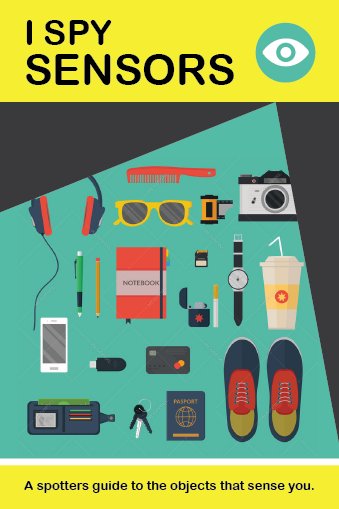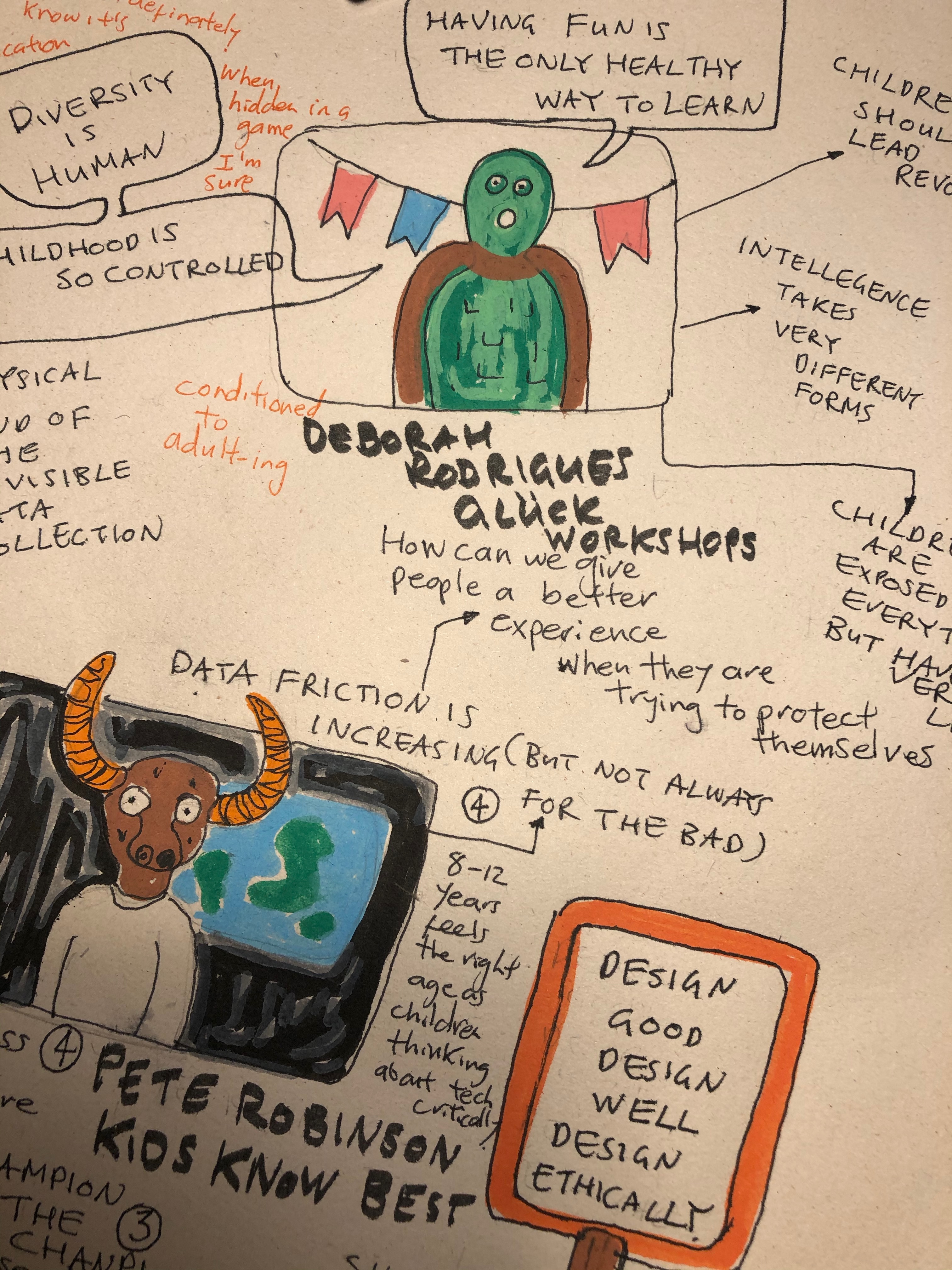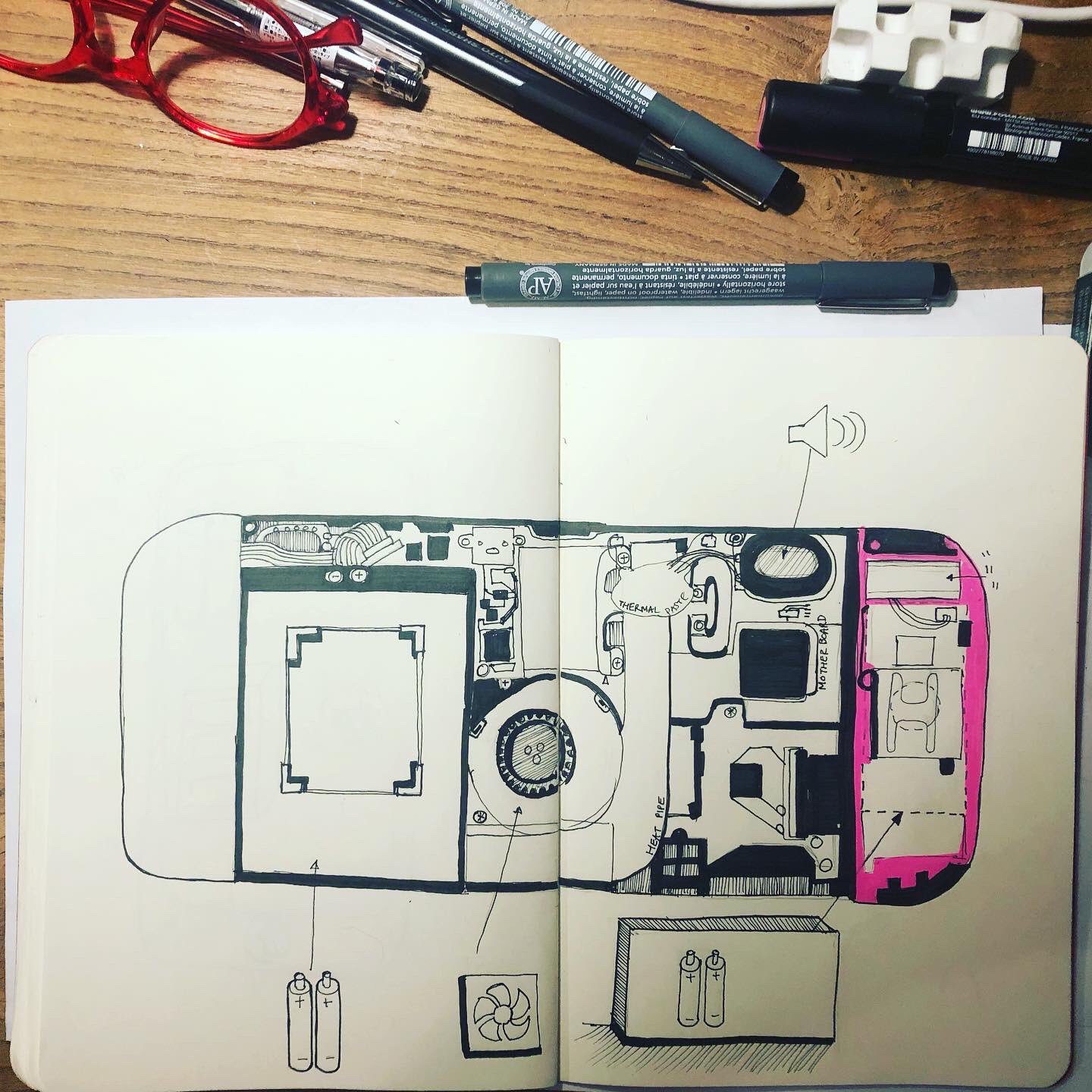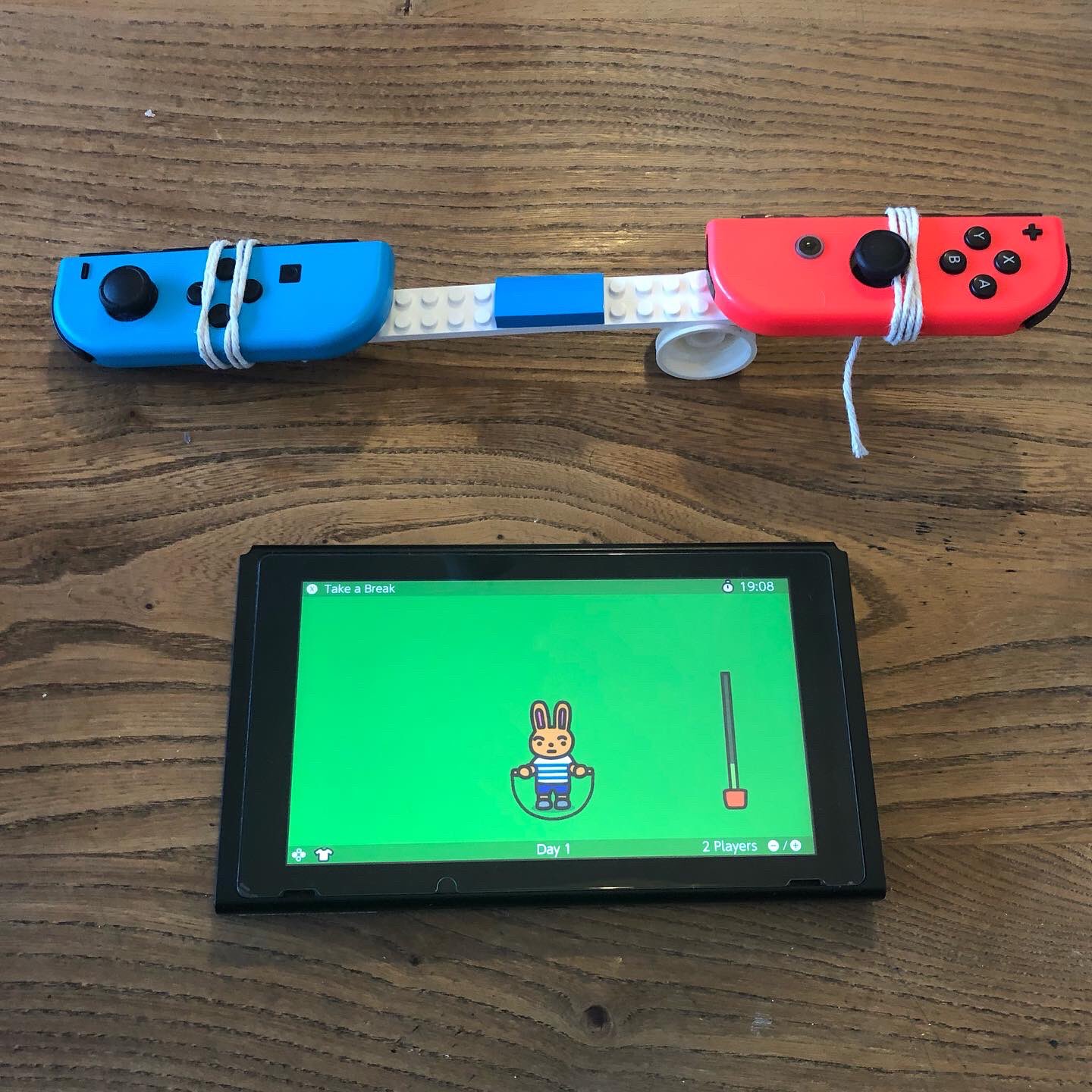Countermeasures: giving children better control over how they’re observed by digital sensors
2020-2021
Funded by EPSRC via the HDI network
PI Angus Main, RCA. Co-Is: Dylan Yamada-Rice, RCA; John Potter, UCL; Deborah Rodrigues, Gluck Workshops and Steve Love, GSA
This project focused on giving children better control over how they are observed by digital sensors. It was funded by the EPSRC Human Data Interaction Network and as such addressed one
of the core concerns of the network around ‘surveillance and resistance’. It did this by actively addressing issues of privacy and control arising from the increased use of sensors in digital devices to collect user data. In doing so, the project aimed to inform and empower the users of devices, specifically children aged 8-12, by co-designing tools to understand, resist, and subvert the sensors embedded in common digital devices and smart objects, with the aim of providing children with agency over how their lives are presented through data, and how this is used to inform a range of products aimed at making money from them or representing their lives in ways they might nor agree with.
![]()
The research questions were:
![]()
![]()
![]() Images: ISPY SENSORS by Angus Main
Images: ISPY SENSORS by Angus Main
In order to address these question the project undertook a series of workpackages, that included networking events and primary research with children aged 8-12-years.
The project began with a public networking event which brought together experts across relevant disciplines to define the issues stemming from the use of sensors in devices, and the design requirements for solutions. These included the BBC UX&D New Experiences department, Tech Will Save Us, Kids Know Best, Projects by If, and Gluck Workshops, as well as academics from across the UK.
The session were video-recorded and live Tweets were sent via the project’s Twitter account @ispysensors Additionally, I made a series of live illustrations to record key themes arising from the event:
![]()
![]()
![]()
![]()
![]() Images: my notes from the first knowledge exchange workshop
Images: my notes from the first knowledge exchange workshop
Co-Design & Speculative Design Workshops with Children
A series of workshops based on hands-on co-design and speculative design methods were used to gain insights into how children perceive the sensing and data collecting capabilities of the devices they use and to allow them to produce a series of ideas or tools for resisting and, or, subvert the sensors on their devices.
The groups were split to focus on four different devices (1) Smart Watch, (2) Smart Speaker, (3) Phone/Tablet, and (4) Nintendo Switch. These were chosen as the ones most commonly used by children and because they contain a range of sensor types.
In the first part children were asked to draw around their devices and then add what they thought existed inside.
![]()
![]()
![]() Images: Inside a smart watch (girl, 11-years); inside a smart speker (boy, 9-years); inside a Nintendo Switch (boy, 11-years)
Images: Inside a smart watch (girl, 11-years); inside a smart speker (boy, 9-years); inside a Nintendo Switch (boy, 11-years)
The task seemly built on a genre of “what’s inside” toys and books for younger children:
![]()
![]()
![]()
Images: My drawing of the inside of a Nintendo Switch, Assmeble with Care app by UsTwo games and Richard Scarry’s How Things Work book
The workshops also sought to find ways of exploring the sensors inside their devices and the data they collect. I also wondered if there might be other useful materials for showing what is in side devices and highlighting sensors which can be hard to distinguish because they often appear as black boxes. In the image below I attempted to build the inner workings of the Switch from Lego and use “eye” pieces to represent the sensors:
![]()
Children were given packs of craft materials and provided with opportunities to invent prototypes (real or speculative) that could subvert or block particular sensors in their devices. Below I explored trying to confuse the sensors in the Nintendo Switch controllers so they could trick the Jump Rope game into believing I was skipping when I was not.
![]()
Some of the child-participants ideas:
![]()
![]()
![]()
![]()
![]()
![]() Images: A series of drawings I used to record children;s ideas for how their sensor decievers would work
Images: A series of drawings I used to record children;s ideas for how their sensor decievers would work
The findings of the workshops with children were passed to three early career researchers and designers (Juliette Coquet, Arman Ataman and Dimitri Menexopolos who were asked to produce a web-based site to share ideas gathered on sharing knowledge about sensors and their uses with children and also the speculative designs that arose from the workshops to understand if children preferred fully blocking or subverting the sensors in their devices. The final outcome was a website that can be found here. Still from the website can be seen below:
![]()
![]()
![]()
![]()
![]() Images: Website stills. Illustrations by Juliette Coquet
Images: Website stills. Illustrations by Juliette Coquet
The project built on initial work by Angus Main called i spy sensors, details of which can be found here.
![]()
Image: detail from I SPY SENSORS by Angus Main
Yamada-Rice, D. (2022) Designing with Children: How to Involve them in Research. Digital Kids Today, Aarhaus, Denmark (3/3/22).
Yamada-Rice, D. (2021) Invited panel presentation for 'Digital Devices Before 5' Workshop for Bradford City Council organised by University of Leeds, May 10th, 2021
Main, A. & Yamada-Rice, D. (2022) Evading Big Brother: using visual methods to understand children’s perception of sensors and interest in subverting digital surveillance. Visual Communication, Vol.20(3).

Image: I Spy Sensors Manuel by Angus Main
The research questions were:
- What understanding do children have of the sensing capabilities of the digital devices they use?
- To what extent does a child’s understanding of digital sensing affect their exposure to surveillance?
- What practical methods of sensor blocking or disruption are most suited to provide children with agency in relation to surveillance?
- How does the knowledge and use of sensor-disabling tools affect children’s attitude towards digital sensing?
- What would children’s ability to alter data collecting sensors mean for the kids media industry?



In order to address these question the project undertook a series of workpackages, that included networking events and primary research with children aged 8-12-years.
Networking Activities
The project began with a public networking event which brought together experts across relevant disciplines to define the issues stemming from the use of sensors in devices, and the design requirements for solutions. These included the BBC UX&D New Experiences department, Tech Will Save Us, Kids Know Best, Projects by If, and Gluck Workshops, as well as academics from across the UK.
The session were video-recorded and live Tweets were sent via the project’s Twitter account @ispysensors Additionally, I made a series of live illustrations to record key themes arising from the event:





Methodology
Co-Design & Speculative Design Workshops with Children
A series of workshops based on hands-on co-design and speculative design methods were used to gain insights into how children perceive the sensing and data collecting capabilities of the devices they use and to allow them to produce a series of ideas or tools for resisting and, or, subvert the sensors on their devices.
The groups were split to focus on four different devices (1) Smart Watch, (2) Smart Speaker, (3) Phone/Tablet, and (4) Nintendo Switch. These were chosen as the ones most commonly used by children and because they contain a range of sensor types.
In the first part children were asked to draw around their devices and then add what they thought existed inside.



The task seemly built on a genre of “what’s inside” toys and books for younger children:



Images: My drawing of the inside of a Nintendo Switch, Assmeble with Care app by UsTwo games and Richard Scarry’s How Things Work book
The workshops also sought to find ways of exploring the sensors inside their devices and the data they collect. I also wondered if there might be other useful materials for showing what is in side devices and highlighting sensors which can be hard to distinguish because they often appear as black boxes. In the image below I attempted to build the inner workings of the Switch from Lego and use “eye” pieces to represent the sensors:


Some of the child-participants ideas:






The findings of the workshops with children were passed to three early career researchers and designers (Juliette Coquet, Arman Ataman and Dimitri Menexopolos who were asked to produce a web-based site to share ideas gathered on sharing knowledge about sensors and their uses with children and also the speculative designs that arose from the workshops to understand if children preferred fully blocking or subverting the sensors in their devices. The final outcome was a website that can be found here. Still from the website can be seen below:





The project built on initial work by Angus Main called i spy sensors, details of which can be found here.

Image: detail from I SPY SENSORS by Angus Main
Related Talks
Yamada-Rice, D. (2022) Designing with Children: How to Involve them in Research. Digital Kids Today, Aarhaus, Denmark (3/3/22).
Yamada-Rice, D. (2021) Invited panel presentation for 'Digital Devices Before 5' Workshop for Bradford City Council organised by University of Leeds, May 10th, 2021
Related Publications
Main, A. & Yamada-Rice, D. (2022) Evading Big Brother: using visual methods to understand children’s perception of sensors and interest in subverting digital surveillance. Visual Communication, Vol.20(3).